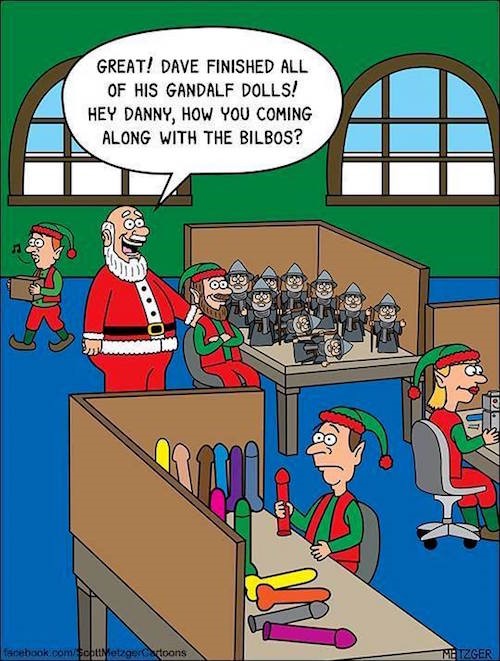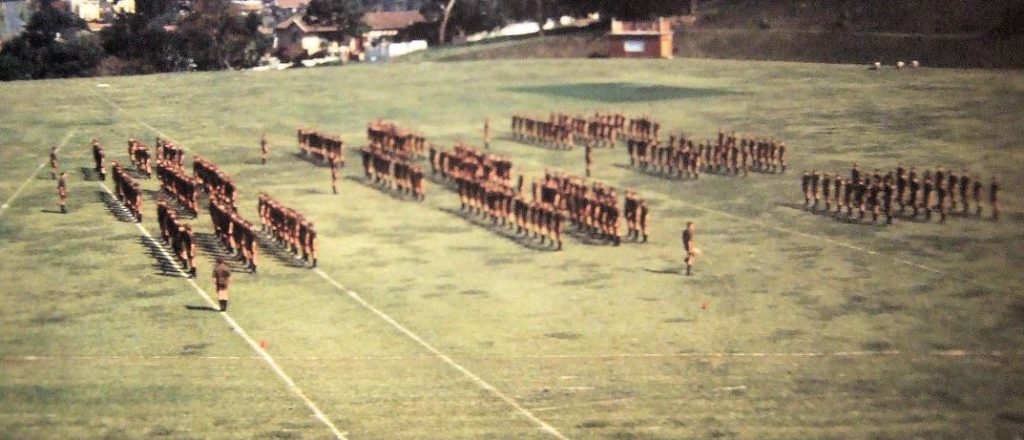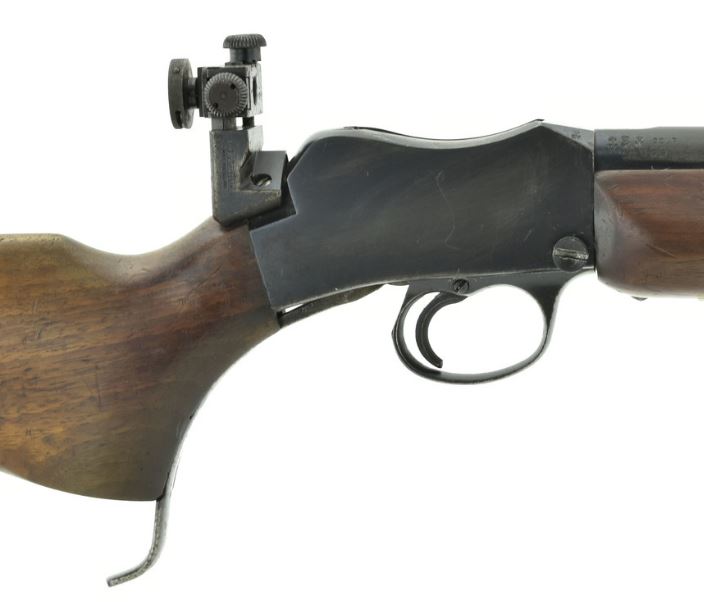One of the real pleasures I had while living at Free Market Towers a couple of years back was going out to the mailbox very early in the morning, retrieving the fresh edition of the Daily Telegraph, then reading the thing cover to cover while drinking my morning coffee, trying to finish it before the Free Markets woke up for breakfast.
If we had a decent daily newspaper Over Here, I’d subscribe to its print version in a heartbeat, but of course we don’t: they’re all total shit, and of course infested with socialist hacks.
This isn’t, by the way, the modern-day meaning of the word, where “hacking” means breaking into someone else’s computer coding program, and “hacks” mean “shortcuts” or “gimmicks”.
In The Oldie days (explanation to follow), the word “hack” usually meant “journalist” — more specifically, a bad journalist. And in perusing the pages of a magazine I’d never heard of before (thankee, BritReader Jeff W), I found a lovely article about journalism, and journalists.
Of course, nowadays journalists are despised, and mostly deservedly so, for being hacks: opinionated assholes who reveal their ignorance with every sentence they write (e.g. when talking about guns), and moreover, who write badly, unsupervised by editors who used to be a moderating influence, but who are now best described as “last week’s journalists” — i.e. no better than the journalists they’re supposed to be supervising.
But it wasn’t always like that. Here’s an excerpt from the article I linked above:
It’s easy to maintain a simplistic stance if you never leave your desk. Google will reaffirm what you already know – or think you know. However if you take the time and trouble to go out and meet the people who are living through the things you’re reporting, and ask them what they think, you’ll soon find your opinions are tempered by reality. Real life is complex and contradictory. Successful columnists are often dogmatists, but good reporters are pragmatists. Regular contact with the folk they write about has taught them that life, and news, is rarely black and white.
It’s also easy to forget that journalists once had to follow an apprenticeship path before they could land a job with a prestigious — or at least popular — newspaper or magazine, that path being: learning how to write proper journalese and prose in a small-town newspaper, and simple things such as interviewing subjects, collecting background material and in short, learning about the topics before committing them to print — all before graduating to a larger, or national publication.
It’s also worth remembering that this path seldom if ever required a university degree which, I think, stopped journalists back then from becoming part of the story: as perpetual outsiders to the system they were reporting about, their job was to be skeptical about the topic — indeed, learning about the topic meant looking at it from all sides so that they could see through the spin being put on it by the interviewees.
Contrast that with today’s J-school poseurs, who graduate thinking that they’re qualified to write about everything, whereas in fact they’re unqualified to write about anything. Nowadays, of course, they just parrot the spin because they literally don’t know any better.
Read the entire article: like all good pieces of writing, it will educate you about the topic. It will also increase your loathing for today’s so-called journalists, if that’s indeed possible.
And en passant, read a few more articles in The Oldie. It’ll be worth your time.

 (just a little “historian” humor there)
(just a little “historian” humor there)
 (I know I’ve posted it before, but I still get a giggle from it)
(I know I’ve posted it before, but I still get a giggle from it)













 (pic is not of us, but another school)
(pic is not of us, but another school)




 But on the other hand, the A22 features Savage’s excellent Accu-Trigger, so it should be a worthy alternative to the CZ 512. (I’ve never fired the A22 before, so I can’t say.) Savage also claims to have fixed the .22 WinMag’s alleged feeding problem by making it a delayed blowback action. Typically, the A22 sells for just over
But on the other hand, the A22 features Savage’s excellent Accu-Trigger, so it should be a worthy alternative to the CZ 512. (I’ve never fired the A22 before, so I can’t say.) Savage also claims to have fixed the .22 WinMag’s alleged feeding problem by making it a delayed blowback action. Typically, the A22 sells for just over